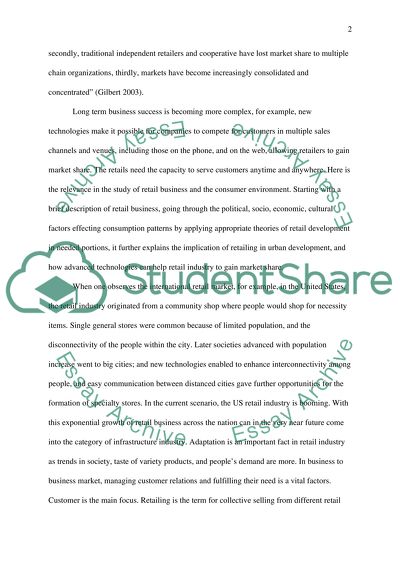Cite this document
(“Retail Business and Consumer Environment Essay Example | Topics and Well Written Essays - 2750 words”, n.d.)
Retrieved from https://studentshare.org/marketing/1398526-in-report-format-attempt-all-the-following-see
Retrieved from https://studentshare.org/marketing/1398526-in-report-format-attempt-all-the-following-see
(Retail Business and Consumer Environment Essay Example | Topics and Well Written Essays - 2750 Words)
https://studentshare.org/marketing/1398526-in-report-format-attempt-all-the-following-see.
https://studentshare.org/marketing/1398526-in-report-format-attempt-all-the-following-see.
“Retail Business and Consumer Environment Essay Example | Topics and Well Written Essays - 2750 Words”, n.d. https://studentshare.org/marketing/1398526-in-report-format-attempt-all-the-following-see.


